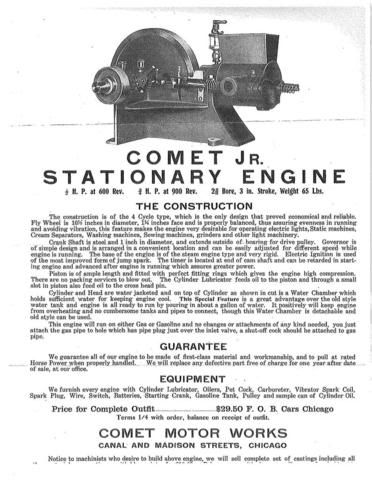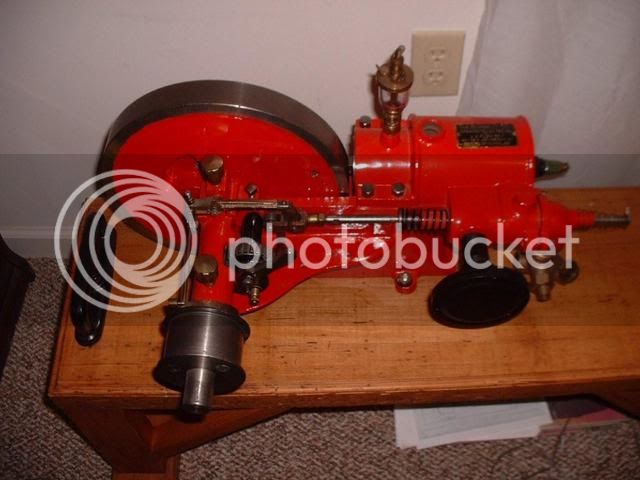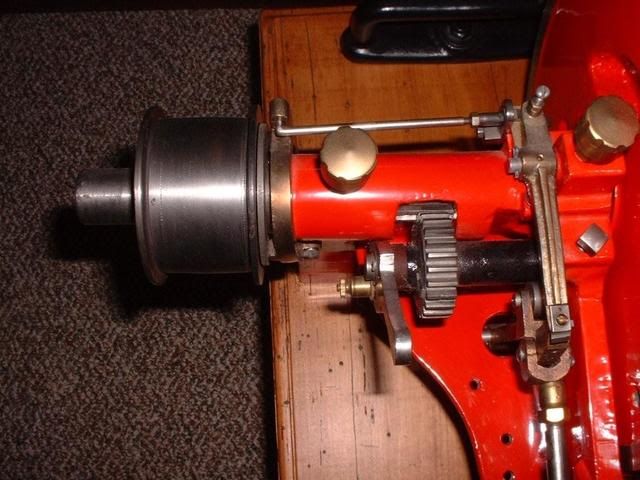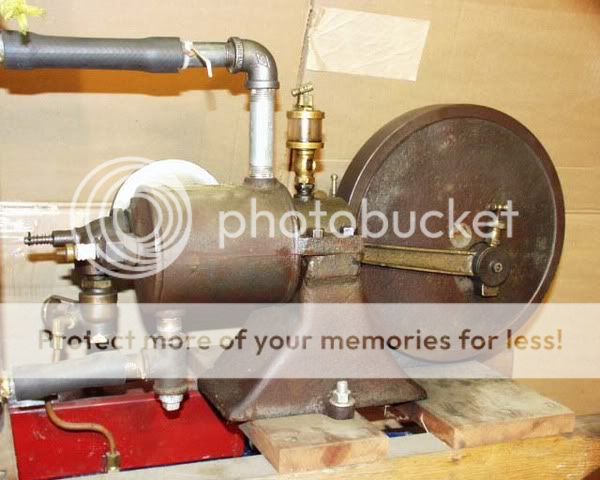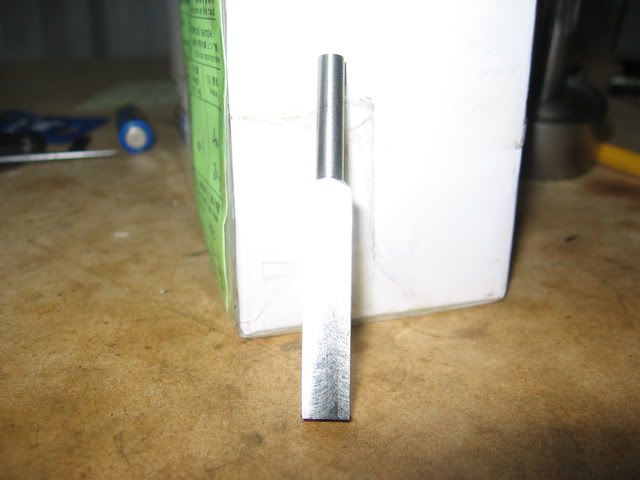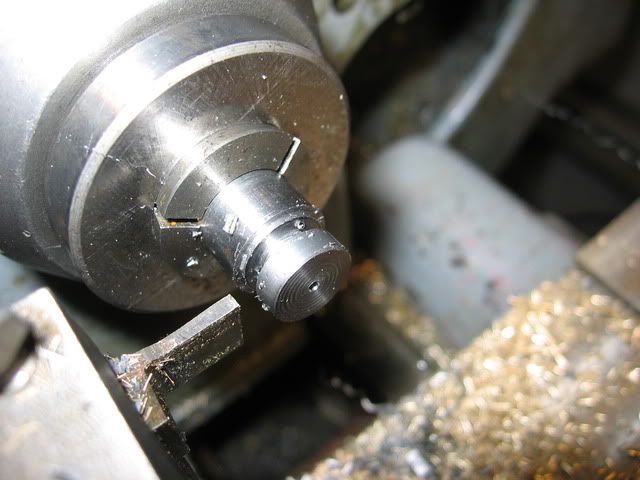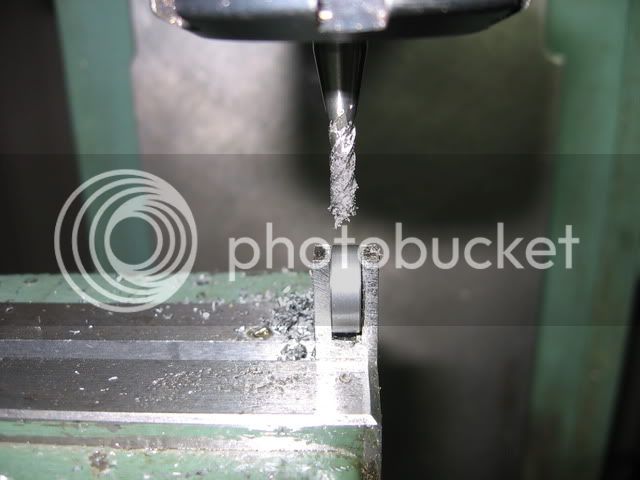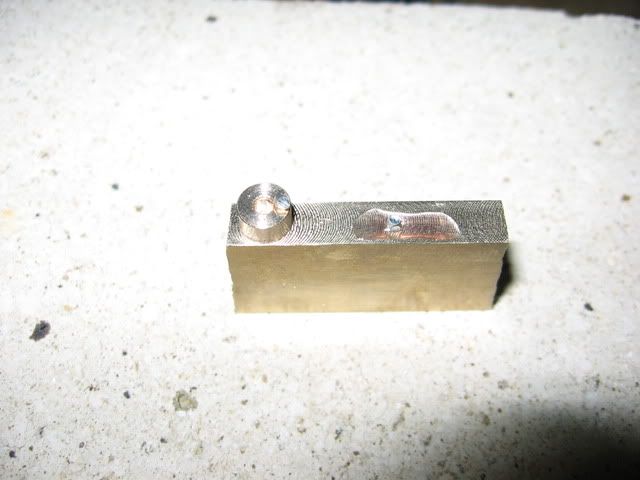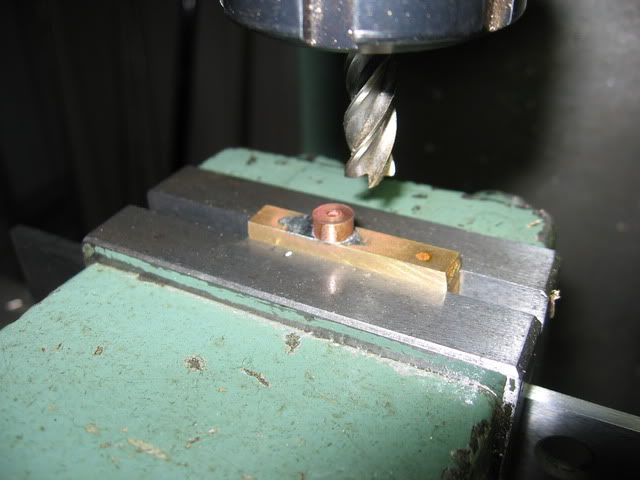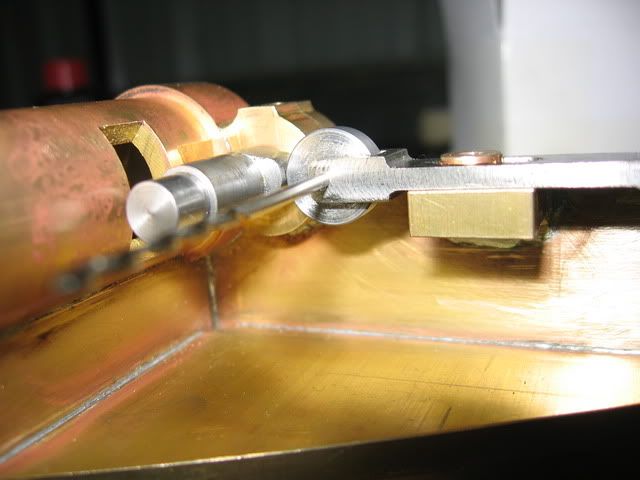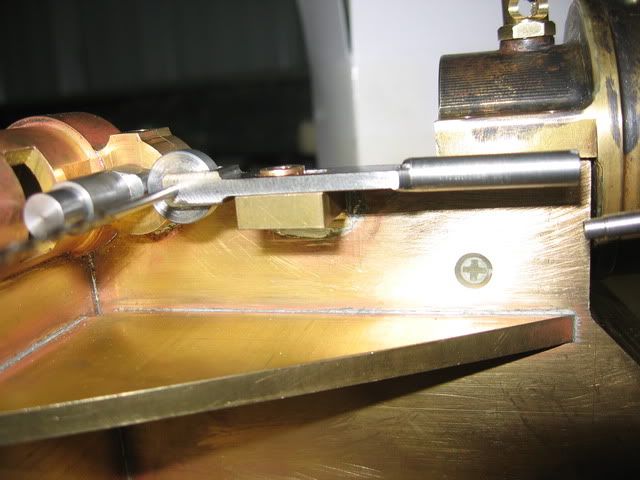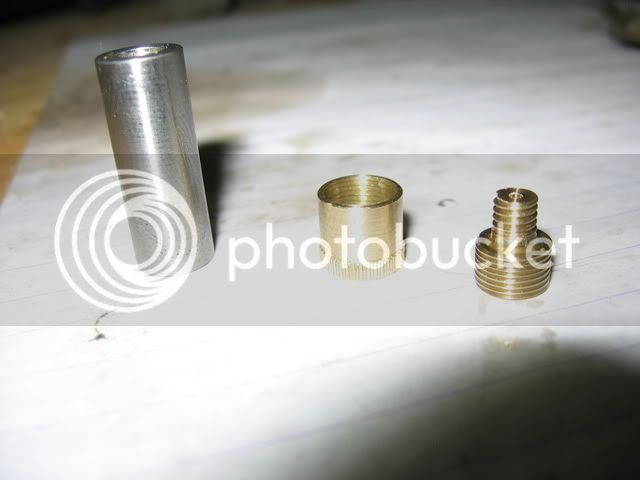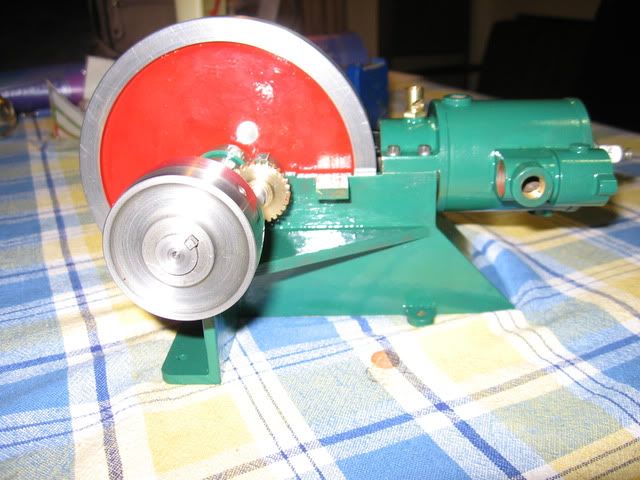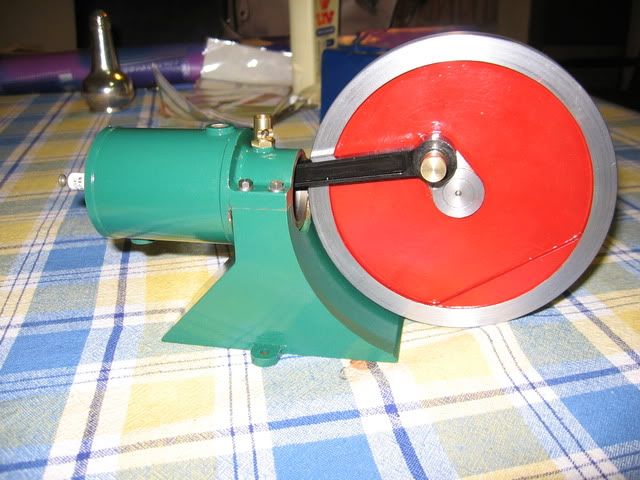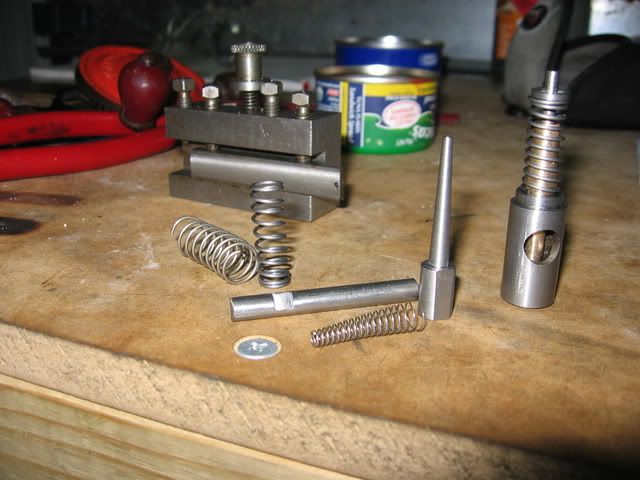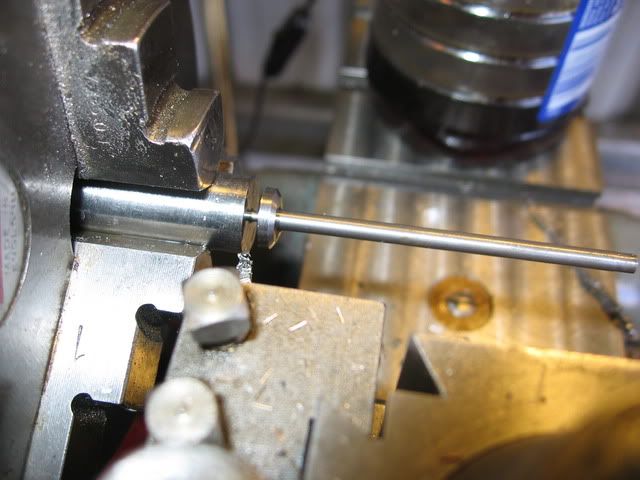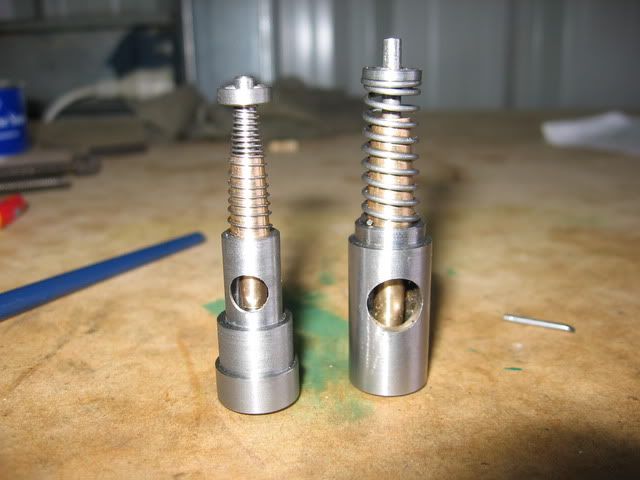Thanks Jeroen and Bill :bow: :bow:
Jeoen, regarding the stepper motor. That sounds pretty good, but I'm not ready to go in that direction at the moment. There is a reasonable chance I will be moving in the next year or so. Once I settle somewhere I think I might go the whole hog with a CNC mill and rotary table etc. I also know someone here who has vast experience with Mach3 and CNC conversions. Thanks for the offer. When I finally get round to going CNC I will be sure to be in touch with you.
Regarding the bevel gears. I have never done it. However I have some excellent literature on the subject in the form of an ancient book by Brown and Sharp. If you want I can scan the relevant section and send it to you. I think the copyright has expired on the book.
Cheers
Steve
Jeoen, regarding the stepper motor. That sounds pretty good, but I'm not ready to go in that direction at the moment. There is a reasonable chance I will be moving in the next year or so. Once I settle somewhere I think I might go the whole hog with a CNC mill and rotary table etc. I also know someone here who has vast experience with Mach3 and CNC conversions. Thanks for the offer. When I finally get round to going CNC I will be sure to be in touch with you.
Regarding the bevel gears. I have never done it. However I have some excellent literature on the subject in the form of an ancient book by Brown and Sharp. If you want I can scan the relevant section and send it to you. I think the copyright has expired on the book.
Cheers
Steve





